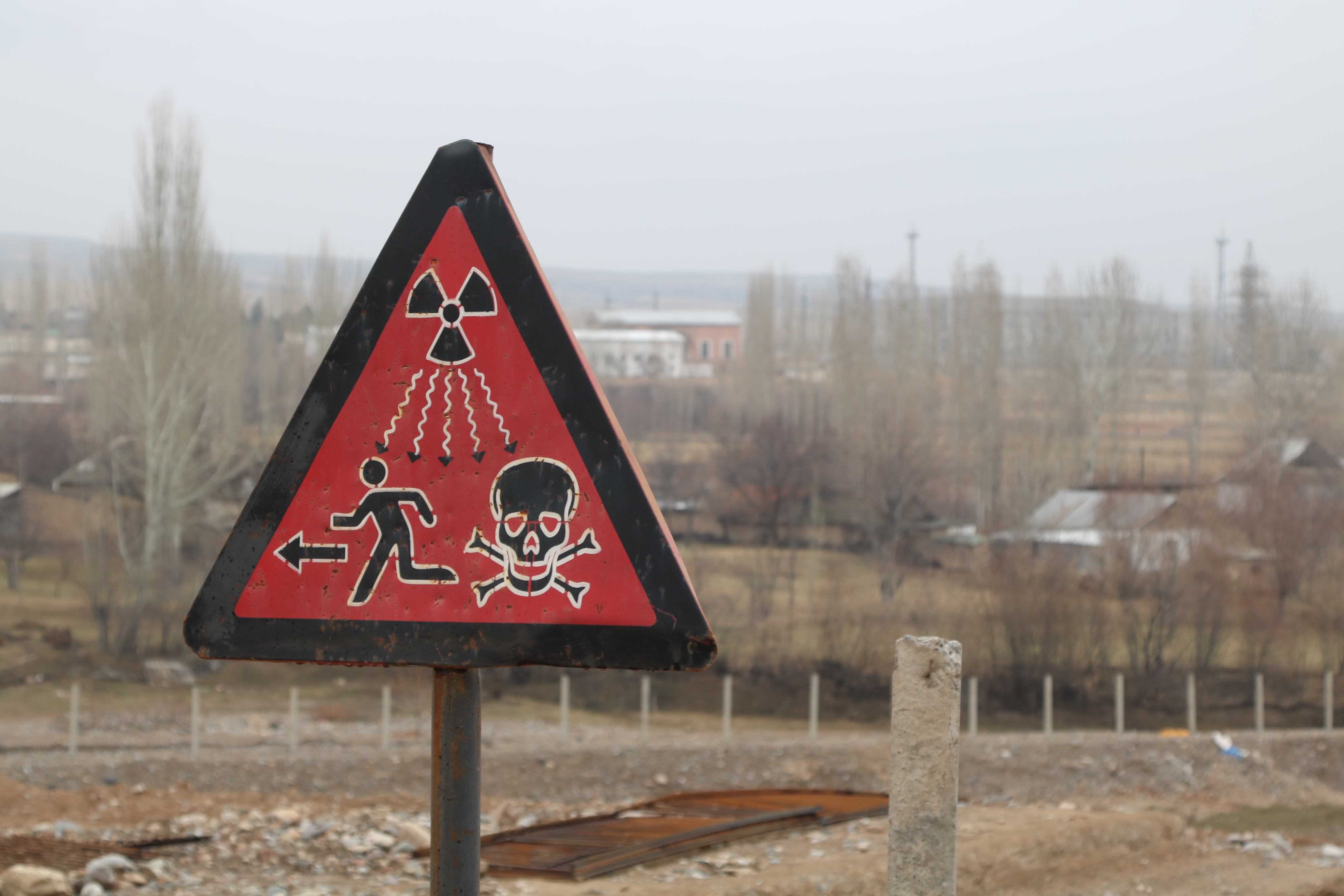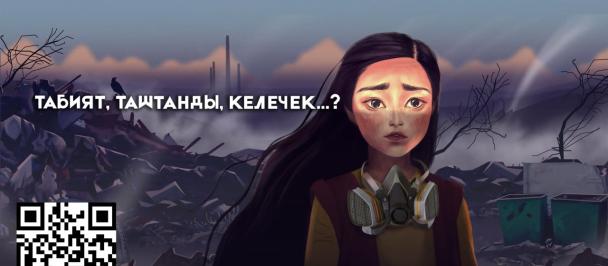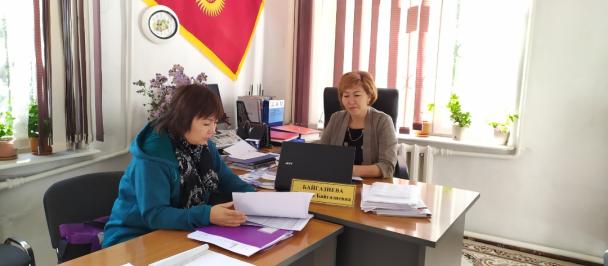To reach Sumsar village from Bishkek, located in the foothills of the Chatkal range, you need to pass four mountain passes Too-Ashuu, Ala-Bel, Kok-Bel, and Tegene. On the way, there are views of incredible beauty. Snow-covered mountains, even in April there is still a lot of snow and it does not think to melt, mountain rivers, the famous water reservoir, and mountain spirals.
Sumsar village emerged in 1952 during the development of the polymetallic ore deposit. Mrs. Patima Narbayeva, a resident of Sumsar village, recalls: “The village was humming with activities and life was boiling here. We were on Moscow supply. There was no shortage in stores, food was always on the shelves, which was a dream for most Soviet citizens at the time. We got higher wages and had a good social package."
A mining factory on processing of lead-zinc (Pb-Zn) was operating in Sumsar from 1951 to 1978 that produced approximately 72,000 tons of lead (Pb) and 16,000 tons of zinc (Zn). As of date, the waste from the processing of polymetallic ores is stored in three tailing dumps with a total mass of 4.5 million tons. The mine was closed, life goes on, and the population of 6,427 people, who live around the three tailings with a total mass of 4.5 million tons of lead-zinc continues to be threatened.
Some houses are only 50-60 meters from the sites where heavy concentrates were buried. According to residents: “When a strong wind blows, heavy metals are carried from the surface of the tailings, and the village turns into a halo of dust pollution, and it fills the village with something like a fog. We understand that this has a bad effect on our health, which is evidenced by a high increase number of sick people, but we do not know how to protect ourselves.”
Comprehensive assessment of risks in Sumsar village conducted under the EGP programme has shown that the local population is not involved in the decision-making process related to the tailings and is not aware of the condition of the toxic tailings.
This is also confirmed by the results of the sociological survey: 78.3% of residents are not aware of the situation of the tailing dumps and wastes and are not informed about the risk and impact of it. 16.7% of respondents responded that the local population has had news of the tailing dumps and wastes, though the information is very limited and at least 5% of respondents confirm that they know about the radiation background and toxic tailings impact on human health.
Therefore, the project activities were aimed at applying a human-centered approach, where the participation of local communities in the reduction of risks associated with the negative impact of toxic tailings is the cornerstone.
Thus, the local population of the village, together with the head of Sumsar village government and deputies of the local council participated in the monitoring of 3 tailing dumps. The residents familiarized themselves with the reliable situation of the current state of toxic tailings and assessment of their impact on the health of the people, environment, and their risks.
In addition, the project provided protective equipment: first-aid kits, masks, and special clothes amounting to 822.5 thousand KGS. According to Aitkul Rysbekov, former head of village government: “We were in desperate need of protective equipment, especially those who live near toxic tailing dumps or cultivate their land around it. Now they are used by children working in fields and will also be used by the local population when public works will be performed.”
Natural disaster risks such as frequent mudflows and floods cause erosion of the banks of Sumsar River, on which roads and bridges, gardens, and households of local residents are located. The condition of the water intake structures is emergency, and a large part of the population uses the water for drinking in the Sumsar river section which is below the mine dumps and toxic tailings.
Problems related to shortage and quality of drinking water make the village even more vulnerable. The problem is exacerbated by the fact that the local budget does not provide money for repair and emergency-recovery works. To solve this problem, residents suggested:
- to replace the emergency section of the water pipeline, which would provide more than 60 families in Sumsar village with clean drinking water;
- to conduct bank protection works on Sumsar river and strengthen the footbridge across the river Sumsar.
- to build a septic tank for wastewater, which is located on the banks of Sumsar River. Wastewater seeps through the walls and bottom of the septic tank into Sumsar River, which causes the danger of irrigation water pollution and the spread of various infectious diseases.
The types of public works to be carried out with the participation of residents were identified based on problem mapping with the assistance of UNDP programme staff in the Kyrgyz Republic together with the deputies of the village council and village members.
It was noted by Mr. Isabaev Kanybek, Arhus Center Representatives that local people are excited and they hope that problems related to environmental safety and disaster risk reduction would be solved.
To improve the environmental situation and reduce disaster risks, the local population expressed its willingness to carry out public works by ashar* method. As Mr. Azamat Alymov, a schoolteacher noted: “My participation in discussions, monitoring and identifying the types of community service prompted in me a civic duty to make the place where I live and my family lives safer, because if not me, then who?”
*Ashar is one of the ancient traditions of the Kyrgyz people, which is based on mutual support and mutual assistance of tribes. To this day, houses are built, felt carpets and yurts are made under ashar method. It has become one of the opportunities to unite the people without investing a lot of money.
Author: Nazgul Sharshenova, project coordinator for Disaster Risk Management Program.

 Locations
Locations

